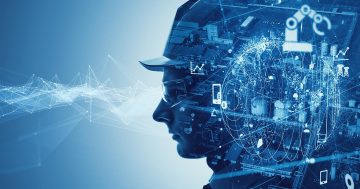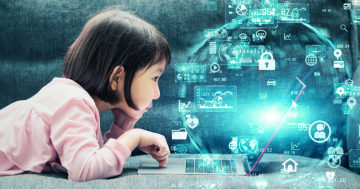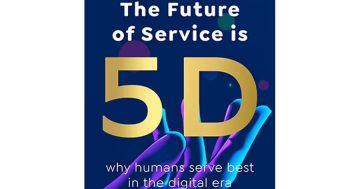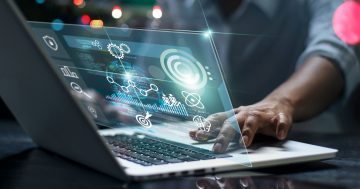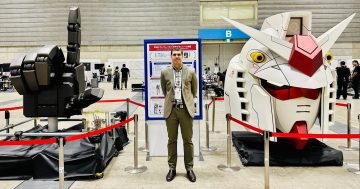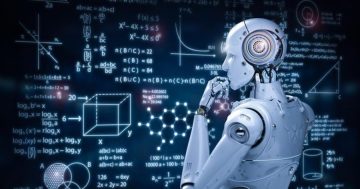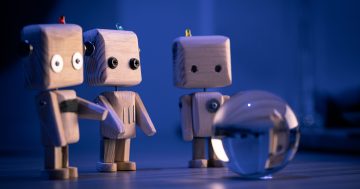Bernard Marr* lists the inevitable changes coming our way in the Fourth Industrial Revolution — and the skills we need to survive it.
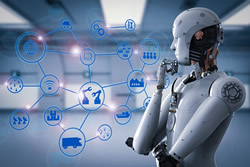 We’re in the midst of the Fourth Industrial Revolution.
We’re in the midst of the Fourth Industrial Revolution.
A combination of technologies such as machine learning and artificial intelligence intermingle with the physical world to create cyber-physical systems.
It could be argued that the Fourth Industrial Revolution, also known as Industry 4.0, was already evolving at an exponential rate as we entered 2020, but as the world responded to the COVID-19 pandemic, the revolution accelerated.
While many are anxious to ‘return to normal’ post-pandemic, the reality is that we are creating a new normal.
Let’s take a look at how businesses must re-think their models and also consider the skills individuals must focus on building to succeed in this reality.
Before there was the Fourth Industrial Revolution, there were industrial revolutions ushered in by steam and water power, electricity and assembly lines, and computerisation.
These revolutions dramatically altered businesses and lifestyles.
The fourth is no different except that the disruption it brings will impact all disciplines, industries, and economies at an incredibly rapid velocity.
This prompted Klaus Schwab to write in his book The Fourth Industrial Revolution:
“The changes are so profound that, from the perspective of human history, there has never been a time of greater promise or potential peril.”
The Fourth Industrial Revolution is driven by technology that includes:
Artificial intelligence (AI) and machine learning
This is the foundation for many of the other technology trends of the Fourth Industrial Revolution.
Through machine learning, AI gets more intelligent with experience.
The Internet of Things
Everyday objects that are connected to the internet and to each other and share data.
This data forms the basis from which algorithms are then able to respond, act, and learn.
Big data:
Since the beginning of the digital age, the amount of data has grown at an astonishing rate.
It is big data that is analysed by intelligent algorithms that helps machines spot patterns and relationships that were previously unknown.
Cloud and edge computing
This gives companies the ability to host vital IT infrastructure in the cloud, and that helps them reduce overhead costs.
Edge computing allows computing to get closer to the source of the data and away from the cloud to optimise systems.
Robots and cobots
Robots are expanding beyond the manufacturing facility and into the wider world of business and even our homes.
Collaborative robots, cobots, are designed to work alongside humans as colleagues.
5G Network
Real-time data must transfer from all of our connected devices in order to achieve its real promise.
To do this we need a mobile network that can support the data stream with the speeds that are demanded no matter where the devices are located.
That’s precisely the goal of the 5G network.
As many businesses were forced to realise with COVID-19, the new normal requires a different way to approach the way they work.
As with any industrial revolution, there are challenges and opportunities in the Fourth Industrial Revolution as cyber and physical worlds interact and co-exist.
There are new products and services available.
Alexa and Siri weren’t a part of the common lexicon a decade ago, now these personal assistants give us the weather, play music via voice command, and give us directions.
Today’s technology makes global supply chains extremely efficient, which opens new markets to drive economic growth.
It’s challenging to even anticipate what the near future holds, and businesses are challenged to prepare for the unknown.
While disruption is exciting and leads to innovation, it can also be unnerving.
As businesses transform, some jobs humans do today will be taken over by machines.
Even if your job isn’t lost, the skills that are deemed important tomorrow will not be the ones that are important today.
The Fourth Industrial Revolution demands some new professional skills, especially those that AIs and robots can’t do better than humans.
Some skills you might want to plan into your professional development:
Critical thinking
Those who are able to discern which information is trustworthy and who can objectively evaluate information will be in high demand.
Data literacy
It’s not enough to collect data — the fuel of the Fourth Industrial Revolution — data needs to turn into business value.
Individuals who are data literate can take information from data analytics and transform it into business insights.
Creativity
Humans are still better than machines at creativity.
So, those who can dream about a better tomorrow and forge a new way of thinking will help organisations move forward.
Emotional intelligence (EQ)
Another human attribute that is essential in the Fourth Industrial Revolution.
Emotional intelligence is the ability to be aware of, control, and express our emotions and the emotions of others.
As long as there are humans in the workforce, EQ will be a valuable skill to possess.
Judgment and decision-making
As data becomes democratised, more individuals will be in data-driven decision-making positions.
Important human members of the team are those that can take input from the data and understand how decisions made from that data can impact an organisation in various ways.
Leadership
It is expected that organisations will flatten as decision-making responsibilities are filtered to many more people who are empowered by data.
This means there will be more people in leadership positions who will need to inspire the best out of all on their teams.
While there is no way to predict how our businesses and professional lives will look at the end of the Fourth Industrial Revolution, we do know one thing.
It won’t look the same as today.
*Bernard Marr is a bestselling business author and is recognised as an expert in strategy, performance management, analytics, KPIs and big data. He is the founder of Bernard Marr & Co and can be contacted at bernardmarr.com.
This article first appeared on LinkedIn.



